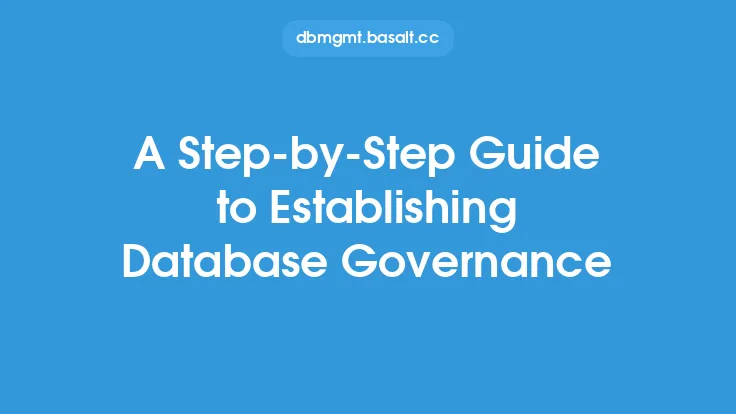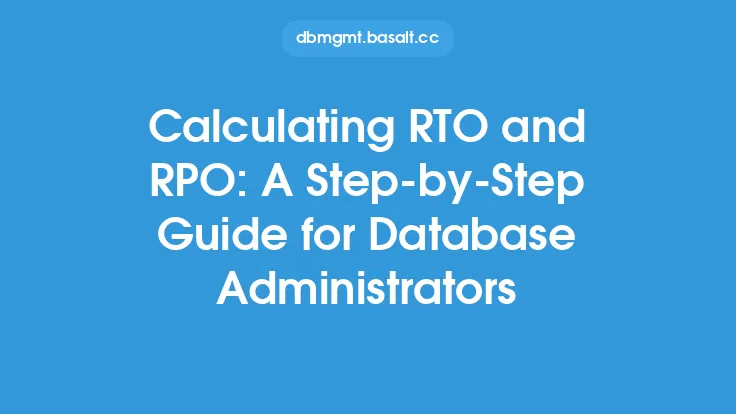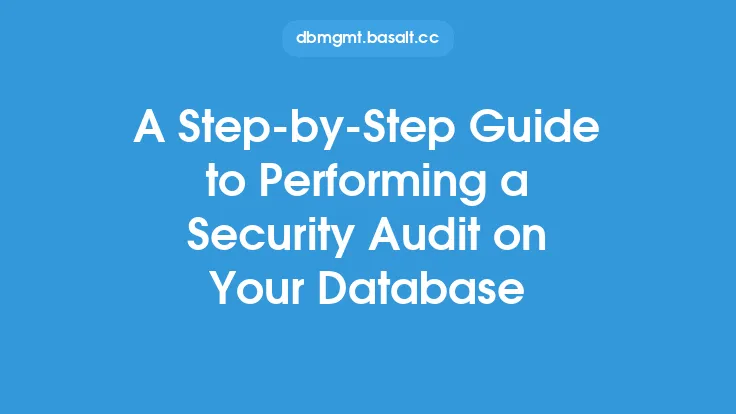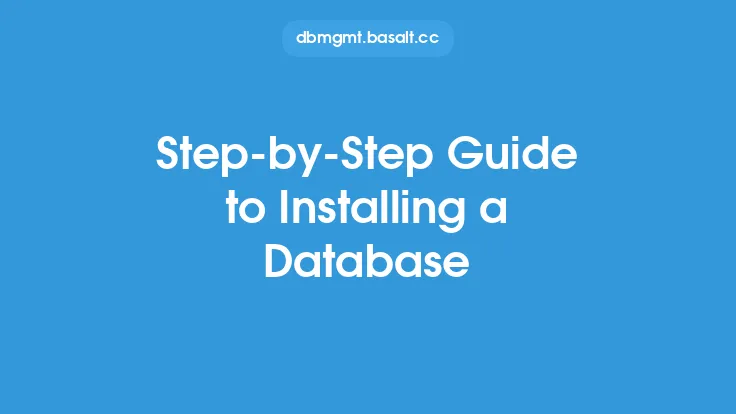Data cleansing is a crucial process in data management that involves identifying, correcting, and transforming inaccurate, incomplete, or inconsistent data into a more reliable and consistent format. The goal of data cleansing is to improve the quality and integrity of the data, making it more suitable for analysis, reporting, and decision-making. In this article, we will provide a step-by-step guide to data cleansing, highlighting the key steps and techniques involved in the process.
Introduction to Data Cleansing
Data cleansing is an essential step in the data management process, as it helps to ensure that the data is accurate, complete, and consistent. The process involves a series of steps, including data profiling, data validation, data correction, and data transformation. Data profiling involves analyzing the data to identify patterns, trends, and anomalies, while data validation involves checking the data against a set of rules and constraints to ensure that it is accurate and complete. Data correction involves making changes to the data to correct errors or inconsistencies, while data transformation involves converting the data into a more suitable format for analysis or reporting.
Data Profiling and Analysis
The first step in the data cleansing process is data profiling and analysis. This involves analyzing the data to identify patterns, trends, and anomalies. Data profiling can be performed using a variety of techniques, including statistical analysis, data visualization, and data mining. The goal of data profiling is to gain a deeper understanding of the data, including its structure, content, and quality. This information can be used to identify areas where the data may be inaccurate, incomplete, or inconsistent, and to develop a plan for correcting these issues.
Data Validation and Verification
Once the data has been profiled and analyzed, the next step is data validation and verification. This involves checking the data against a set of rules and constraints to ensure that it is accurate and complete. Data validation can be performed using a variety of techniques, including data quality checks, data integrity checks, and data consistency checks. The goal of data validation is to ensure that the data is accurate, complete, and consistent, and to identify any errors or inconsistencies that may exist.
Data Correction and Transformation
After the data has been validated and verified, the next step is data correction and transformation. This involves making changes to the data to correct errors or inconsistencies, and converting the data into a more suitable format for analysis or reporting. Data correction can involve a variety of techniques, including data editing, data imputation, and data normalization. Data transformation can involve a variety of techniques, including data aggregation, data disaggregation, and data conversion.
Data Standardization and Normalization
Data standardization and normalization are critical steps in the data cleansing process. Data standardization involves converting the data into a standard format, such as a standard date format or a standard currency format. Data normalization involves converting the data into a normalized format, such as a format that is consistent with the organization's data governance policies. The goal of data standardization and normalization is to ensure that the data is consistent and comparable, and to make it easier to analyze and report.
Data Quality Control and Assurance
The final step in the data cleansing process is data quality control and assurance. This involves implementing controls and procedures to ensure that the data is accurate, complete, and consistent, and to prevent errors or inconsistencies from occurring in the future. Data quality control and assurance can involve a variety of techniques, including data quality checks, data integrity checks, and data consistency checks. The goal of data quality control and assurance is to ensure that the data is of high quality, and to provide confidence in the accuracy and reliability of the data.
Tools and Technologies for Data Cleansing
There are a variety of tools and technologies available to support the data cleansing process. These include data cleansing software, data quality software, and data governance software. Data cleansing software can be used to automate the data cleansing process, and to perform tasks such as data profiling, data validation, and data correction. Data quality software can be used to monitor and report on data quality, and to identify areas where the data may be inaccurate, incomplete, or inconsistent. Data governance software can be used to implement data governance policies and procedures, and to ensure that the data is managed and maintained in a consistent and controlled manner.
Best Practices for Data Cleansing
There are a number of best practices that can be followed to ensure that the data cleansing process is effective and efficient. These include defining clear data governance policies and procedures, establishing a data quality framework, and implementing data quality controls and procedures. It is also important to ensure that the data cleansing process is automated wherever possible, and to use data cleansing software and tools to support the process. Additionally, it is important to ensure that the data cleansing process is ongoing, and to regularly review and update the data to ensure that it remains accurate, complete, and consistent.
Conclusion
In conclusion, data cleansing is a critical process in data management that involves identifying, correcting, and transforming inaccurate, incomplete, or inconsistent data into a more reliable and consistent format. The process involves a series of steps, including data profiling, data validation, data correction, and data transformation. By following best practices and using the right tools and technologies, organizations can ensure that their data is of high quality, and that it is accurate, complete, and consistent. This can help to improve decision-making, reduce errors, and increase confidence in the data.





